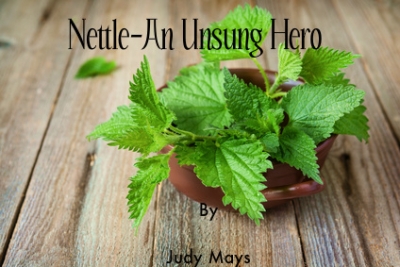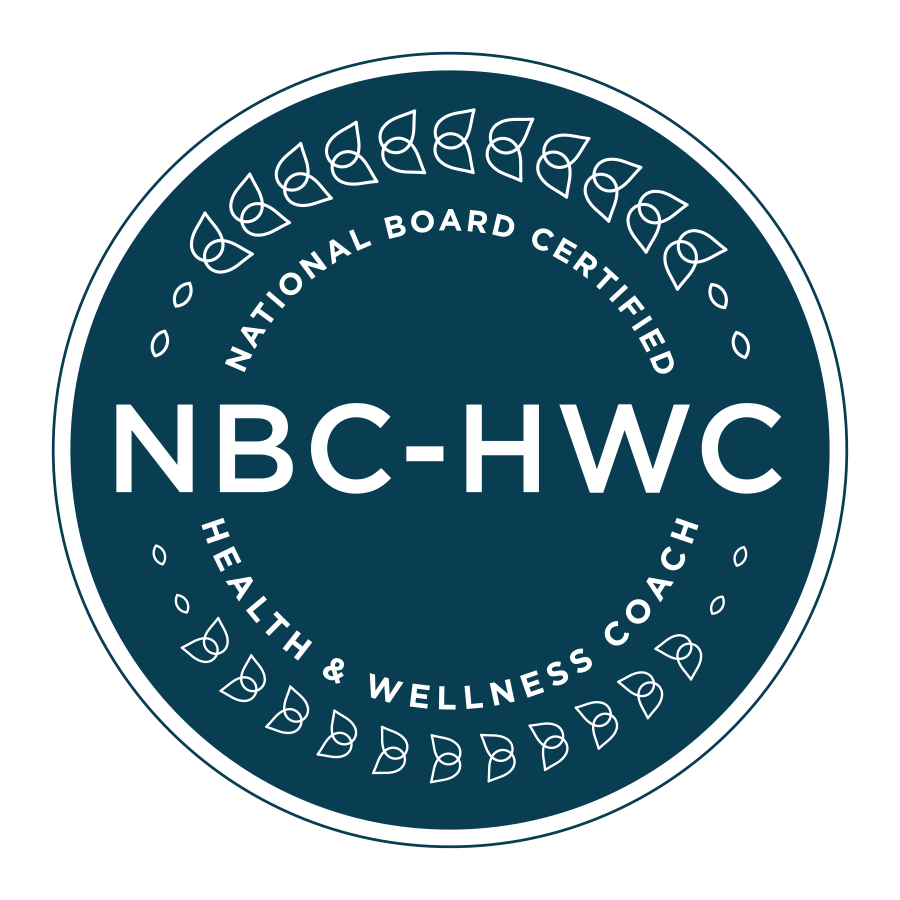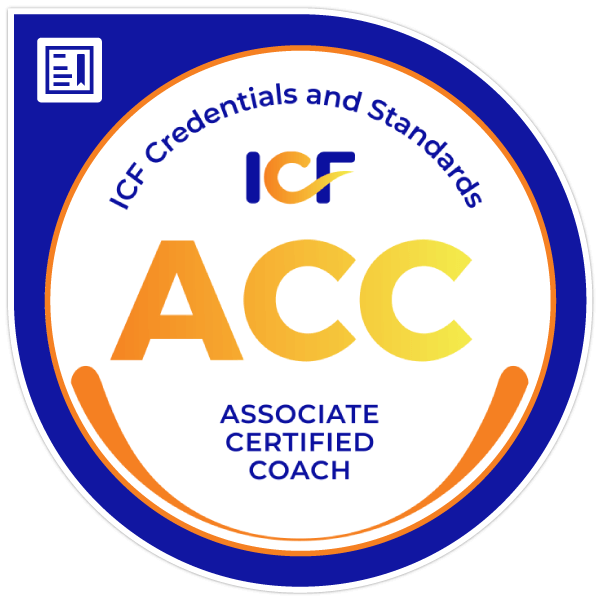Have you ever heard of Stinging Nettle? I know it sounds more like an insect that should be avoided, and not a plant that can be eaten. However, this unsung hero is a fine food and medicine.
Nettle is found in temperate regions and has been used for centuries. Nettle is infamous for its stinging leaves and, therefore, should only be harvested while wearing a pair of gloves to avoid its stinging hairs.
Nettle as a Vegetable
In the spring and summer months, nettle can be harvested to make soup, pasta, salads or a simple sauté with olive oil, salt and pepper. It can also be steamed for four minutes, pureed with eggs, and then added to flour to make homemade pasta. As a food, nettle is rich in iron, calcium and silica.
Nettle as Medicine
As medicine, nettle is primarily used to combat arthritic problems, such as stiffness and inflamed joints. Nettle is anti-allergenic and anti-inflammatory. High levels of histamine and serotonin in the stinging hairs are thought to be responsible for these actions. In Europe, nettle is used to treat symptoms associated with an enlarged prostate* and poor urine flow. This powerhouse plant can also be taken in capsule form to help prevent or stop bleeding from wounds and nosebleeds. Nettle is also valuable in reducing blood loss and preventing anemia associated with heavy menstrual bleeding. Because of its anti-inflammatory properties, nettle can also be used to treat chronic skin problems, such eczema and psoriasis. As you can see, nettle is a valuable plant that has many uses. It heals by detoxifying and cleansing the blood and by removing toxins from the kidneys.
Because nettle is hard to find and tricky to handle, I purchase dried nettle leaves by the pound. Each day I have two to three cups of tea made from dried nettle leaves. I also sprinkle nettle leaves on salads and add them to my smoothies. Below is a simple tea infusion recipe that will help introduce you to the healthful benefits of this unknown and underappreciated nourishing and healing plant. Enjoy!!
Nettle Tea Infusion (Loose Tea)

Using a loose tea spoon/ball or a tea infusion cup/pot, steep for 7 minutes in 8-10 ounces of water:
1 tablespoon of dried organic nettle leaves
2 teaspoons of dried organic peppermint leaves
After 7 minutes, remove tea ball or drain tea into a drinking cup and add the juice of ½ lemon and 1 tablespoon of good quality raw honey. Do not reuse leaves to make a second cup. Always use fresh leaves to be sure to get the intended nutritional benefits.
Sources: The One Earth Herbal Sourcebook *Stinging Nettle is an approved medicine for the treatment of prostate disease in Germany (Vahlensieck Jr., et al., 1996)



